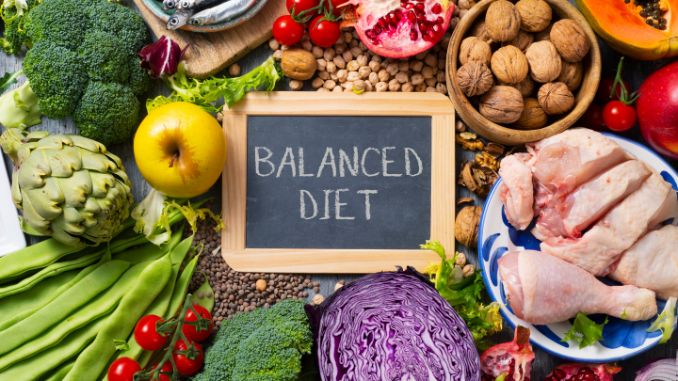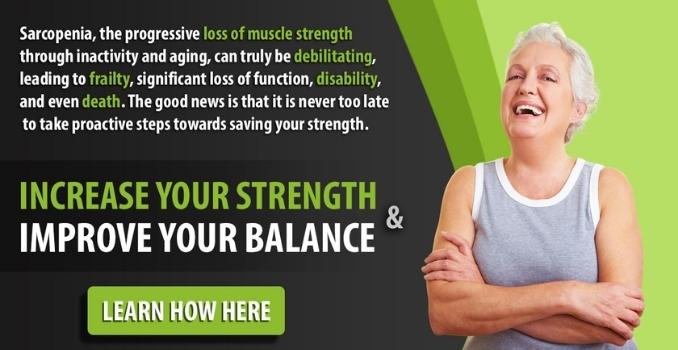Malnutrition is a growing concern among the elderly, affecting their overall health, quality of life, and longevity. 10 signs of poor nutrition include unintentional weight loss, fatigue, muscle weakness, decreased appetite, and a decline in physical or cognitive abilities.
Recognizing these signs is crucial, as malnutrition can lead to severe health complications.The aging body requires balanced nutrition to maintain strength, immunity, and cognitive function, making early recognition of malnutrition [1] in elderly symptoms critical for preventing serious health issues.
Older adults, especially those over the age of 65 and individuals in certain healthcare settings, are at high risk of malnutrition due to factors such as dependency, comorbidities, and socioeconomic status.
Dr. John E. Morley, an American geriatrician, highlights that malnutrition in older adults is a significant concern, often leading to decreased quality of life and increased morbidity and mortality.
He emphasizes the importance of early identification and intervention to address elderly malnutrition symptoms effectively.
1. Unintentional Weight Loss
Sudden, unexplained weight loss can indicate that your body isn’t receiving enough calories or nutrients to maintain its weight.
It often accompanies conditions like malabsorption, where the body fails to absorb essential nutrients, or chronic illnesses that increase metabolic demand. This can result in muscle atrophy and overall physical weakness.
Key nutrients at risk: Protein, calories, vitamins B12, and D.
2. Fatigue And Weakness
Persistent tiredness and reduced physical energy often signal insufficient intake of calories or specific nutrients that the body needs for energy production.
For instance, low iron can cause anemia, while insufficient carbohydrates lead to low glycogen stores.
Key nutrients at risk: Iron, magnesium, potassium, and carbohydrates.
3. Loss Of Appetite
A noticeable decline in hunger or interest in food may be a response to stress, illness, or nutrient deficiencies that disrupt appetite regulation.
Chronic loss of appetite can lead to further deficiencies and exacerbate malnutrition.
Key nutrients at risk: Zinc, vitamins B12, and C.
4. Dry Skin And Brittle Hair
Nutrient deficiencies can affect the production of skin and hair proteins, such as keratin and collagen.
Dry, flaky skin and brittle or thinning hair can result from a lack of healthy fats, protein, or specific vitamins.
Key nutrients at risk: Essential fatty acids, biotin, zinc, and vitamin E.
5. Cognitive Decline
Poor nutrition can lead to reduced brain function, causing memory issues, confusion, and trouble concentrating.
Nutrient deficiencies, such as low levels of omega-3 fatty acids and B vitamins, directly affect neurotransmitter function and brain health.
Key nutrients at risk: Omega-3 fatty acids, vitamin B12, folate, and iron.
6. Dental Issues
Poor nutrition can contribute to gum disease, cavities, and tooth loss, all of which make chewing and eating difficult.
Lack of calcium, vitamin D, and phosphorus weakens teeth, while vitamin C deficiency can lead to bleeding gums
Key nutrients at risk: Calcium, vitamin D, phosphorus, and vitamin C.
7. Delayed Wound Healing
Healing requires protein and vitamins for tissue repair and collagen synthesis.
Malnutrition delays this process, leaving wounds open for longer and increasing the risk of infections.
Key nutrients at risk: Protein, vitamins C, E, and zinc.
8. Frequent Illnesses
A poorly nourished immune system has difficulty producing white blood cells and antibodies, increasing susceptibility to infections and prolonging recovery times.
Key nutrients at risk: Vitamins A, C, D, E, zinc, and selenium.
9. Mood Swings Or Irritability
Nutrition impacts brain chemistry and hormone regulation. Deficiencies in omega-3s, magnesium, and certain B vitamins can disrupt neurotransmitter balance, leading to irritability, anxiety, and depression.
Key nutrients at risk: Omega-3 fatty acids, magnesium, vitamin B6, and tryptophan.
10. Muscle Loss
Loss of muscle mass and strength is common in malnutrition, particularly when protein intake is insufficient.
This can lead to reduced mobility, poor posture, and increased risk of falls in older adults.
Key nutrients at risk: Protein, leucine, vitamin D, and magnesium.
Understanding Poor Nutrition In Older Adults

Poor nutrition, or malnutrition, in older adults is a widespread issue, affecting millions globally. As we age, our bodies face changes that make it harder to meet nutritional needs.
Key Challenges:
- Decreased caloric needs.
- Altered nutrient requirements.
- Reduced ability to absorb nutrients.
These factors put older adults at greater risk of malnutrition, leading to serious health concerns like frailty, weight loss, and a higher likelihood of falls and hospitalizations.
Addressing Poor Nutrition
- Dietary Adjustments: Include nutrient-dense foods like fruits, vegetables, whole grains, lean protein, and healthy fats.
- Supplements: If deficiencies are severe, consult a healthcare provider for supplements like multivitamins or specific nutrients.
- Hydration: Proper hydration supports nutrient transport and cellular function.
- Professional Guidance: A dietitian can create a personalized nutrition plan to address specific deficiencies and medical concerns.
Risk Factors For Poor Nutrition

Several factors increase the risk of malnutrition in older adults:
- Health-Related Factors: Chronic illnesses, medications, and poor dental health [4] interfere with nutrient absorption and intake.
- Social and Emotional Factors: Isolation and loneliness [2] can lead to poor appetite and dietary habits.
- Lifestyle Factors: Reliance on processed foods lacking essential nutrients often contributes to elderly malnutrition symptoms.
Combating Poor Nutrition
Focusing on healthy, nutrient-dense foods can help prevent malnutrition.
A. Recommended Diet:

- Include fruits, vegetables, whole grains, and lean proteins.
- Prioritize Vitamin D for strong bones and osteoporosis prevention.
B. Screening And Diagnosis

Screening Methods:
- Body Mass Index (BMI)
- Weight Loss Evaluations
- Nutritional Intake Reviews
- Physical Examinations for symptoms of malnutrition in elderly [3]
- Laboratory Tests
Diagnosis Criteria:
- Unintentional weight loss (5-10% over 3-6 months).
- Low BMI.
- Reduced muscle mass and strength.
- Poor wound healing and higher infection susceptibility.
Improving Nutrition In the Elderly
Strategies to Address Poor Nutrition:
- Focus on nutrient-dense foods like lean proteins, whole grains, fruits, and vegetables.
- Plan small, frequent meals that are easy to prepare and eat.
- Encourage light physical activity to stimulate appetite and improve digestion.
Support Systems:
- Engage family or caregivers in meal planning and preparation.
- Encourage participation in community meal programs.
- Seek advice from dietitians for tailored nutrition plans.
Conclusion
Recognizing the sign of malnutrition in adults is critical for maintaining health and well-being. Addressing malnutrition in elderly symptoms early can prevent complications and improve quality of life. If you notice any of the 10 signs of poor nutrition in a loved one, consult a healthcare professional to develop a personalized plan. A proactive approach can make all the difference in ensuring older adults receive the care and nourishment they need.
Rediscover your strength and confidence with Advanced Functional Strength for Seniors! Designed to enhance mobility, balance, and overall well-being, this program empowers you to stay active and independent at any age. Start your journey to a stronger, healthier you today!

FAQs
What Does Malnutrition Do To The Elderly?
It weakens the immune system, reduces muscle mass and strength, delays wound healing, increases the risk of falls and fractures, and exacerbates chronic conditions.
What Happens When Elderly Don’t Eat Enough?
They may experience weight loss, fatigue, weakened immunity, cognitive decline, and an increased risk of serious health complications.
What Medication Is Used To Increase Appetite In The Elderly?
Medications like megestrol acetate, mirtazapine, and cyproheptadine may be prescribed, but always under a doctor’s guidance.
How Do You Know When An Elderly Person Is Deteriorating?
Signs include sudden weight loss, fatigue, confusion, reduced mobility, frequent falls, and loss of interest in eating or daily activities.
What Is A Dangerously Low Weight For The Elderly?
Weight considered dangerously low depends on height and health conditions, but a BMI below 18.5 or significant unintentional weight loss warrants medical attention

Rick Kaselj MS, is a leading kinesiologist and injury specialist as well as co-creator of the best-selling Unlock Your Hip Flexors program. Rick creates exercise programs that help people heal injuries and eliminate pain, so they can go back to living a full, active, healthy life.



